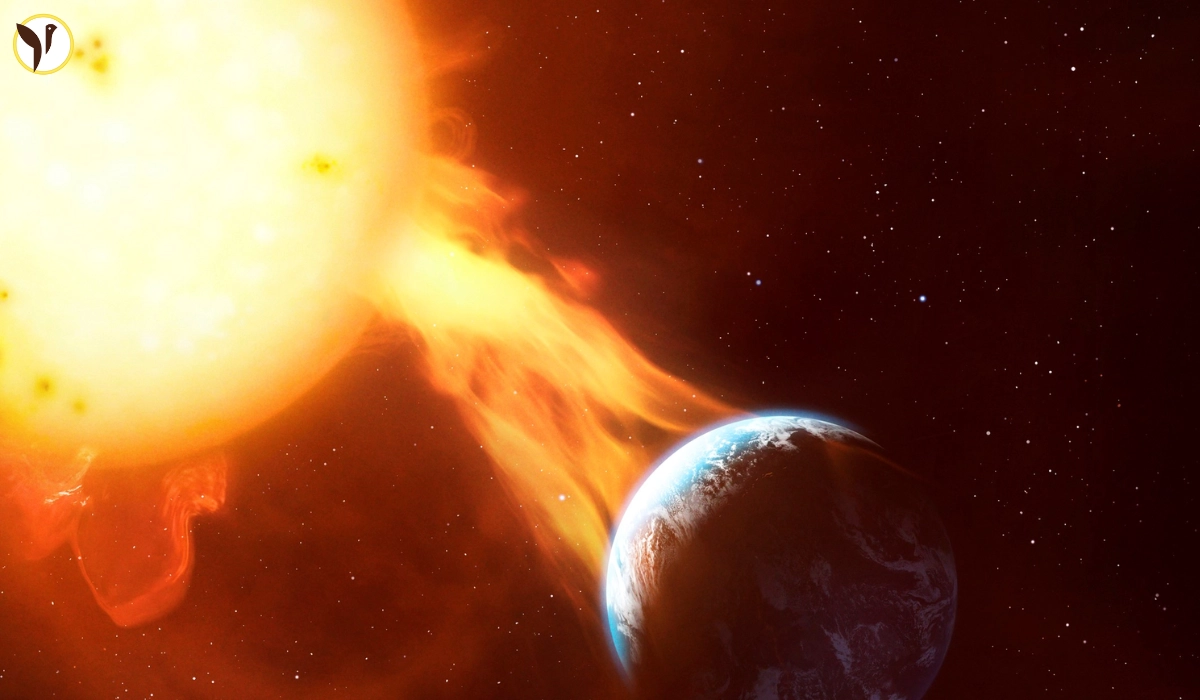Imagine sitting at your kitchen table, sipping coffee, when suddenly — without warning — your phone signal drops, flights get rerouted, and colorful ribbons of light start to dance across the night sky. That’s the kind of chain reaction a feisty Sun can set into motion, and right now our star is feeling particularly lively.
A Hot‑Headed Sun
Every 11 years or so, the Sun ramps up its activity, a bit like revving an engine before a road trip. In this active phase, it recently unleashed an X‑class flare — the cosmic equivalent of a mega‑flashbulb. Although invisible to the naked eye, the radiation wave that followed slammed into Earth’s upper atmosphere and briefly knocked out shortwave radio in parts of North America.
Why Should You Care?
-
Communication hiccups: Pilots, ship captains, and emergency responders often rely on high‑frequency radio. A strong solar outburst can turn those channels into static.
-
GPS jitters: Your maps app depends on satellites. A jolt from a solar flare can make those satellites momentarily lose their bearings, nudging your “current location” off the mark.
-
Power‑grid stress: Intense solar storms can induce surges in long power lines, forcing grid operators to scramble to keep the lights on.
The Flip Side: A Free Light Show
When that solar energy bumps into Earth’s magnetic field, it funnels particles toward the poles. The result? Brilliant auroras — the Northern and Southern Lights — that can drift farther south (or north, if you’re in the Southern Hemisphere) than usual. Keep an eye on space‑weather forecasts; you might catch the sky putting on a rare performance.
What Happens Next?
Space scientists say we’re heading toward a solar maximum in 2025, meaning more flare‑ups are likely. While the average person won’t need to batten down the hatches, industries that depend on rock‑solid communication and navigation are staying on high alert. Think of it as digital weather: mostly sunny, with a chance of tech turbulence.
Bottom Line
The Sun sustains life, lights our days, and now and then reminds us who’s boss. Its latest bursts are a wake‑up call: even 150 million kilometers away, our star can rattle life on Earth. So, whether you’re stargazing for auroras or streaming a movie on your phone, remember—we’re all surfing the same solar wave.
Sources:https://www.ctvnews.ca/sci-tech/article/nasa-says-solar-flares-on-the-sun-could-affect-earths-radio-communications/
https://www.newsbytesapp.com/news/science/nasa-warns-of-significant-solar-storm-impacting-earth/story









